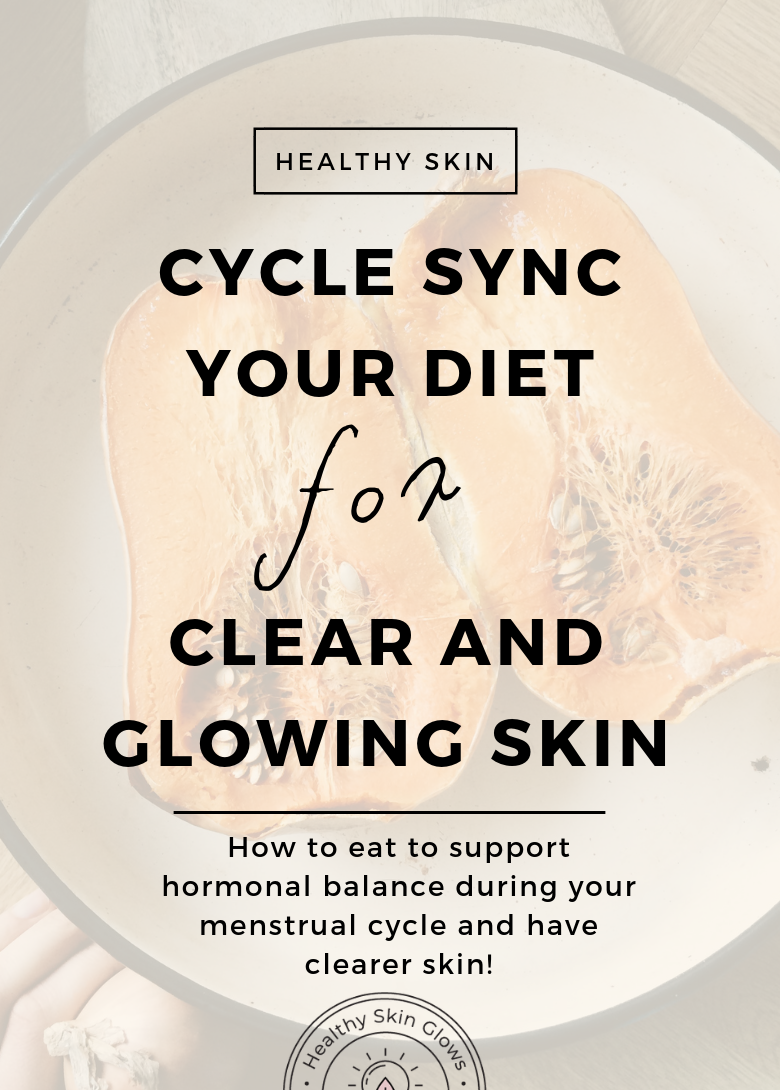
This blog post is written by Vivien Allred (Dip CNM, mBANT, CNCH), a naturopathic nutritional therapist in the UK specializing in PCOS, women’s hormones and gut health. Enjoy!
Did you know that your body requires different foods and nutrients depending on which phase of the menstrual cycle you are in?
Women, on average, follow a 28 day (monthly) cycle, whereas men are on a 24 hour (daily) cycle.
This is part of the reason why men can eat, move and live the same way every single day of the month with no problems.
But we are NOT just small men!
As females, our hormones are constantly fluctuating throughout the entire month. This affects our skin quality, mood, productivity, sex drive and energy levels.
The role of menstrual cycle is to prepare you for pregnancy and reproduction. Even if we don't want to have children, the female body is designed for motherhood.
On average, women have a 21-35 day cycle.
During the first half of our cycle we are meant to be in an oestrogen dominant state, whereas during the second half, we should be progesterone dominant. We can start to experience symptoms like PMS and irregular cycles when these two hormones aren't in balance with one another.
We can only produce progesterone after ovulation occurs. Once we release an egg, the ‘sac' that is left behind (known as the corpus luteum), becomes a temporary gland that produces progesterone.
If we don’t ovulate or our corpus luteum isn't strong enough, we can experience hormonal imbalances and fertility issues.
Sadly, if you are using hormonal birth control, you cannot fully practice cycle syncing because your own natural hormones have been shut down and your body is running off synthetic hormones instead.
If you are thinking about coming off hormonal birth control and want to learn about the effective, non-hormonal alternatives, check out this post.
There are 4 unique phases in our menstrual cycle.
These are known as the Menstrual, Follicular, Ovulation and Luteal phases.
The cycle days below are based on a typical 28-day cycle. If you have shorter or longer cycle, I recommend you calculate your phases determined by your period and ovulation windows.
Is your period missing?
You can start by syncing with the moon cycles! They are totally connected, and this can influence your body to start menstruating again. You should begin the menstrual phase (cycle days 1-7) at the next new moon and follow the lunar calendar until your natural cycle returns.
MENSTRUAL PHASE (DAYS 1-7)
Day 1 of your cycle represents the first FULL day of bleeding (spotting doesn’t count). During the menstrual phase, your hormones are at their lowest point and therefore this phase is all about nourishing your body, resting, and making self-care a priority.
Signs that you need to work on supporting your body during this phase would be:
- Heavy painful bleeding
- Clotted periods
- Sugar cravings
- Severe fatigue
- Moodiness
- Menstrual headaches
It is natural to feel a little more tired during this time, as your body is asking you to rest and spend more time focusing on yourself.
I like to think of the quality and experience of your monthly bleed as a health report card, grading you on how well you took care of your hormones for the 1-3 months prior.
Nutrition for menstrual phase
Oestrogen, progesterone
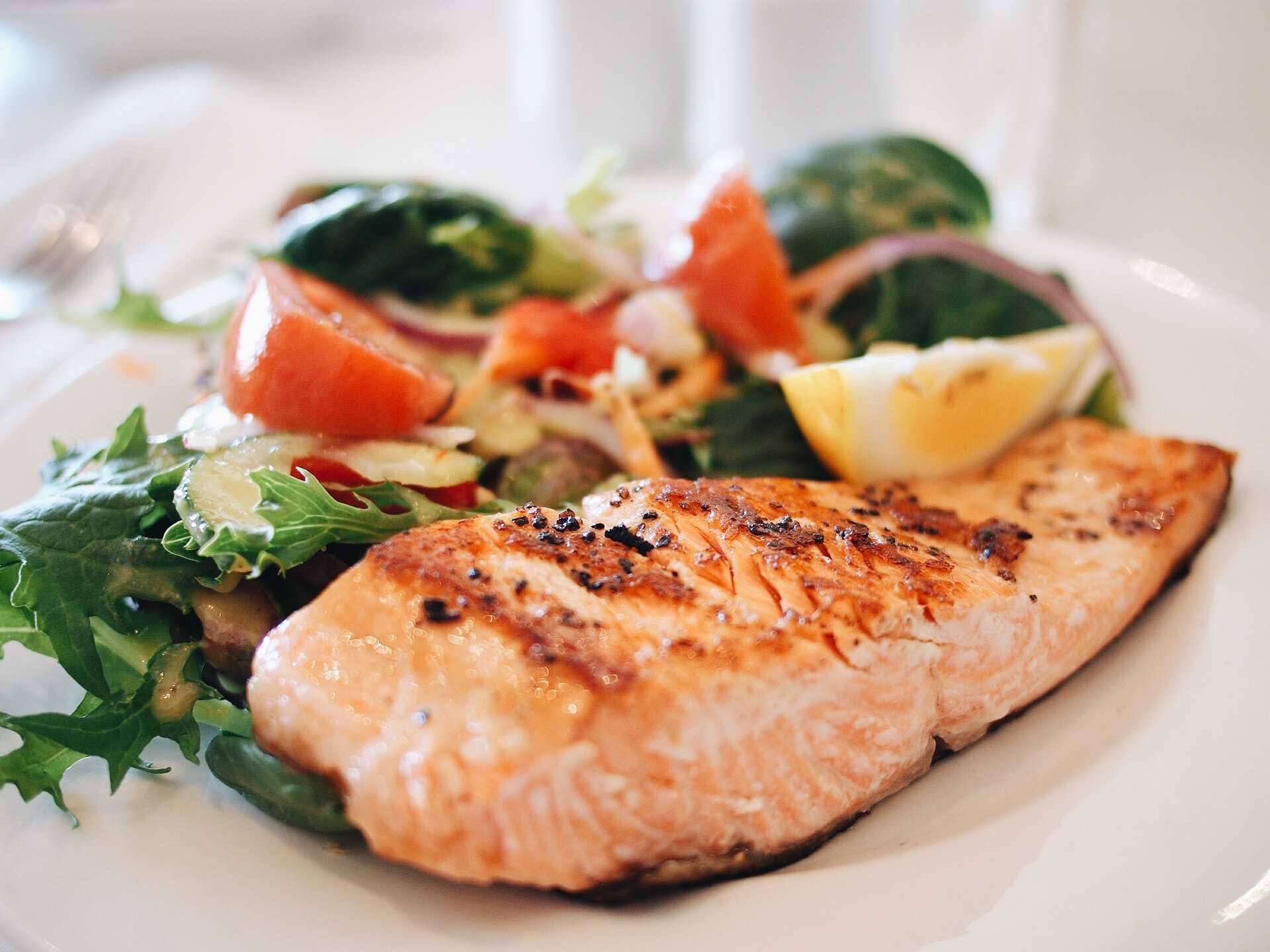
The sudden drop in sex hormones can trigger acne breakouts in some women due to the reduction in
Foods to include during this time:
- Organic eggs
- Avocados
- Bone broth (see the recipe here)
- Grass-fed red meat
- Grass-fed ghee/butter
- Wild oily fish (salmon, cod, mackerel, sardines, etc)
- Nut butter (sprouted varieties are better tolerated)
These foods will help to nourish our bodies, support hormone production and repair the skin barrier.
The health of our skin is influenced by the amount and quality of the fat we consume, therefore we want to consume a wide range of healthy fats to keep our skin glowing and naturally moisturized.
Avoid the inflammatory, poor quality oils like sunflower, soybean or canola oil, trans fats found in packaged foods, and margarine and oxidized nuts and seeds (roasted in the aforementioned poor quality fats)
These contain rancid omega 6 fats, introduce oxidative damage into your body and increase systemic inflammation, negatively affecting your hormonal balance!
In my Simple Skin Healing Recipes, I go into detail on which foods are inflammatory and damaging to the gut, and which foods are healing.
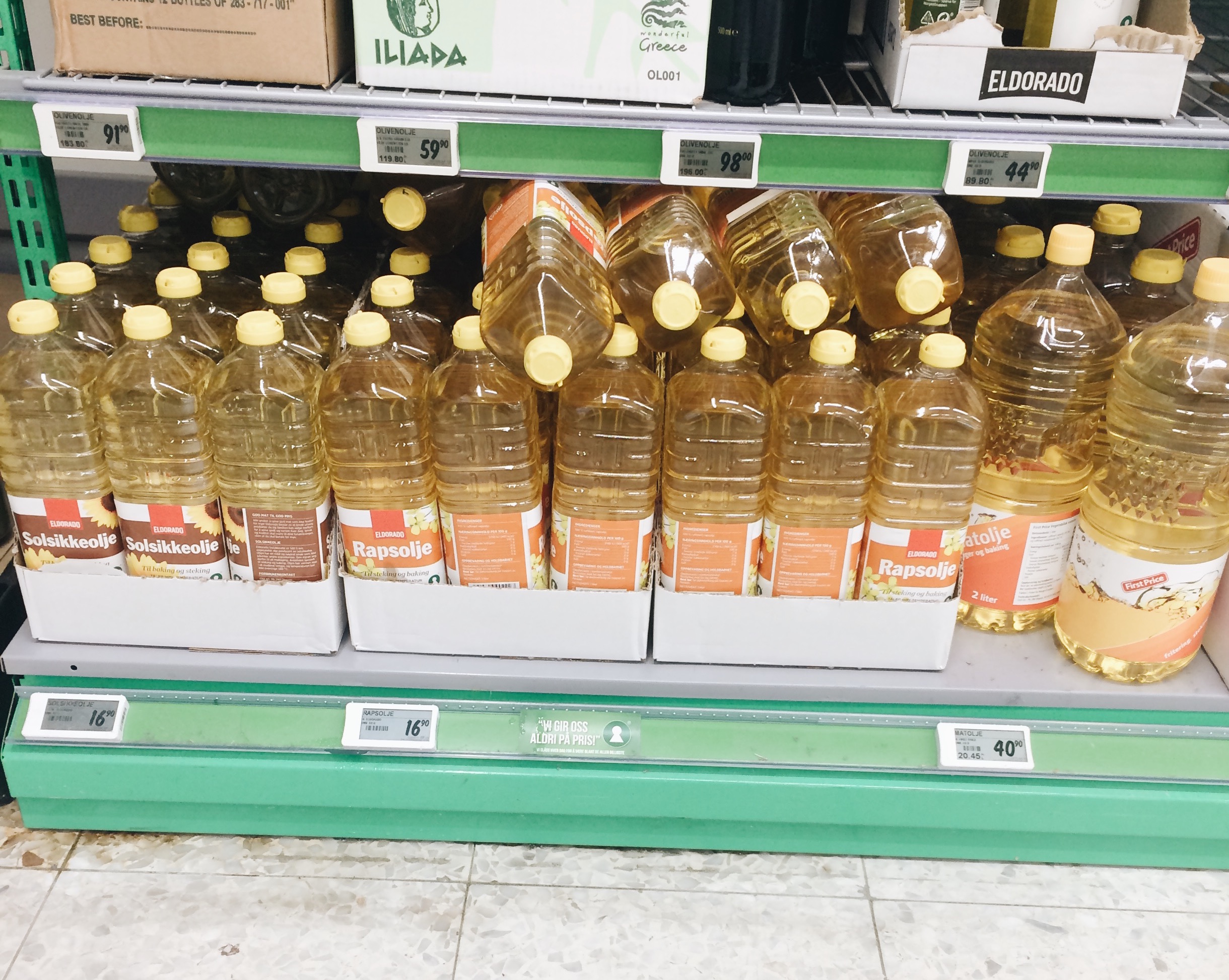
We need to keep omega 6 balanced with the anti-inflammatory omega 3 fats found primarily in oily fish (and algae). There are 3 types of omega 3s: ALA, EPA and DHA. The research on omega 3s showing their many benefits is mainly centered around EPA and DHA. Small amounts of ALA are found in plant sources like chia, flax, and hemp. While ALA can convert to the other two in the body, this conversion is often very poor.
Your goal should be to increase the intake of omega 3 rich foods (including all 3 types of omega 3) and limit consumption of foods highest in omega 6, especially when those omega 6 come from poor quality, oxidized fats.
Simple ways to do this are to avoid buying processed or packaged foods, eat out at restaurants less, swap the bad cooking oils to animal fat, coconut oil, avocado oil, ghee or butter and consume high-quality oily fish 2-3 times per week. An algae-based supplement is a good omega 3 choice for vegans.
FOLLICULAR PHASE (DAYS 8-13)
During this phase,
A lot of women start to feel more energetic and happier during the follicular phase. For many women this is the only time out of the month that they are actually symptom free, which is a big sign that they are dealing with hormone imbalances. A lot of women dealing with hormonal acne find that their skin looks the best during this time.
Signs that you need to work on supporting your body during this phase would be:
- Headaches
- Low mood
- Fatigue
- Spotting
Nutrition for follicular phase
Aim to consume anti-inflammatory foods. This looks slightly different for everyone due to individual food sensitivities, but for the majority of us this should be a lot of plant foods and
If there is a lot of inflammation in the body, this can disrupt the hormones that are being produced and may also delay ovulation during the next phase.
When we ovulate, we produce the hormone progesterone which balances oestrogen and is anti-androgenic in nature. High androgen levels are often a big driver of acne, especially in women with Polycystic Ovarian Syndrome (PCOS).
I recommend consuming foods rich in protein during this phase, such
- Eggs
Quinoa (best soaked and sprouted)Pastured poultr y- Fatty fish
- Sprouted lentils
- Beans
- High-quality protein powders
These foods help to regulate blood glucose levels, improve satiety and provide amino acids that support phase 2 liver detoxification.
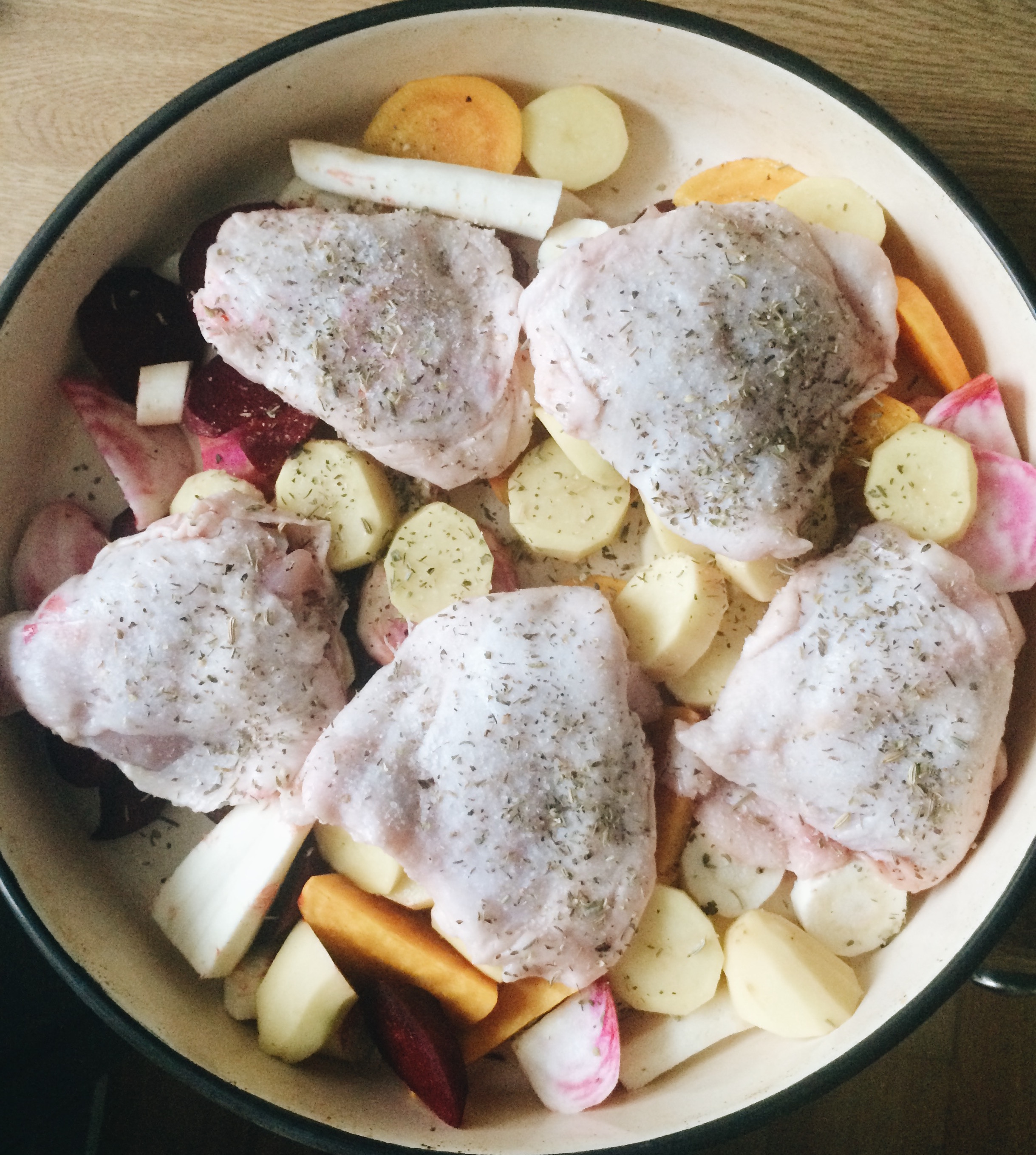
Our liver has many important jobs, including detoxification of toxins and ‘used' hormones on a daily basis. However, these processes have a high requirement for nutrients. When we don’t supply them through our diet, these toxins and ‘used' hormones start to recirculate back into the body, wreaking havoc on our hormonal balance.
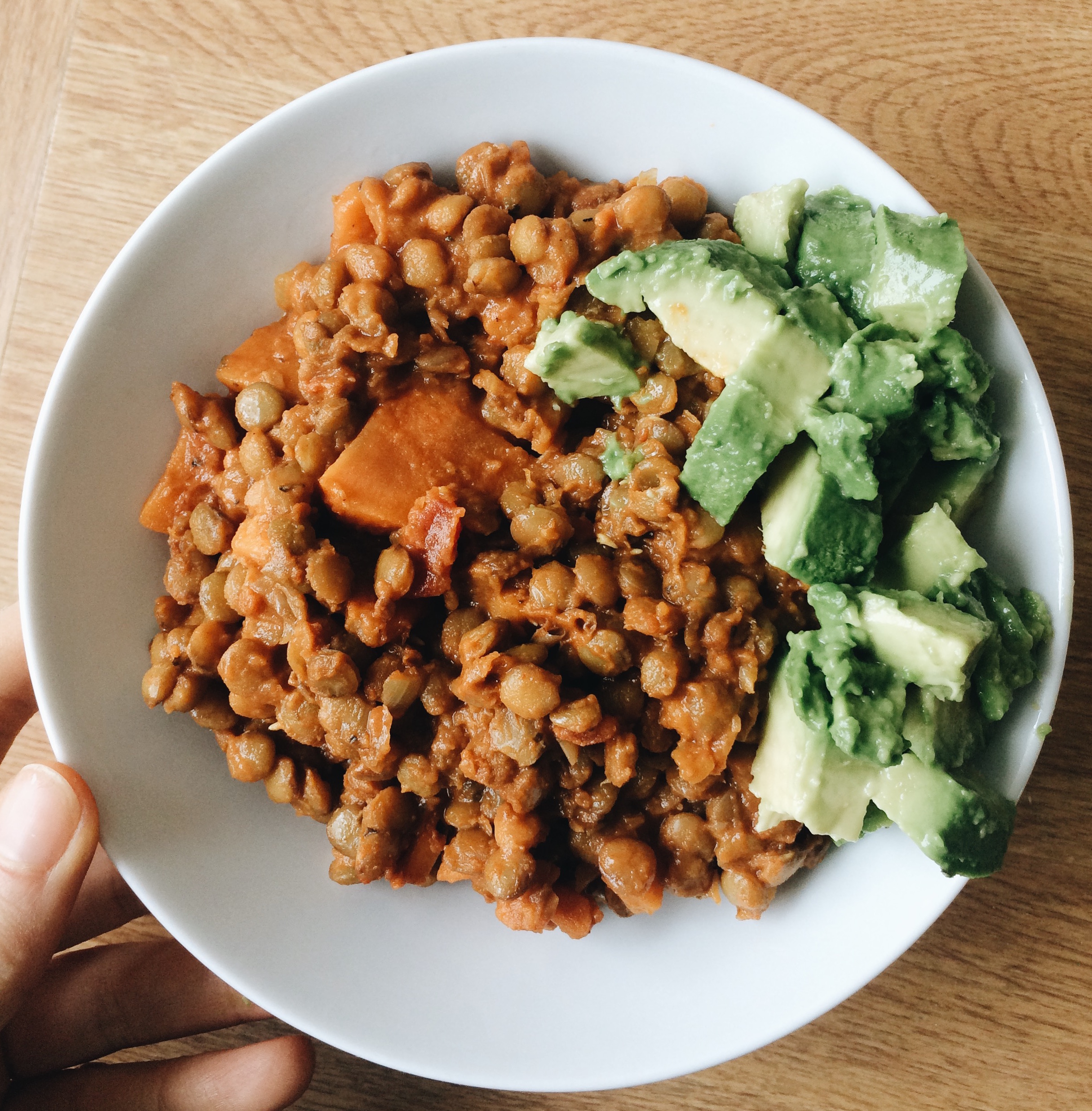
Although dairy contains a good amount of protein, I recommend avoiding it (at least for a period of time) if you are struggling with skin issues such as acne.
If you are sensitive to cows dairy, but would like to include some dairy in your diet from time to time, sheep and goat products are often better tolerated, as is dairy from A2 milk producing cows. Again, this should be full fat, organic and raw if possible. Butter and ghee may be well tolerated by many women with acne, as they are relatively low in dairy protein and don't stimulate insulin too much (unlike yogurt, milk and whey protein).
OVULATION PHASE (DAYS 14-21)
Hormones including oestrogen and testosterone are at their highest this week, which can be a good or bad thing depending on the individual!
Some women feel more confident, sexy and beautiful during this time, however some women struggle with anxiety, breakouts and stinky body odour!
Signs that you need to work on supporting your body during this phase would be:
- Acne
- Mid-cycle bleeding
- Cramping
- Strong smelling body odor
- Oily skin
- Mood swings
Nutrition for ovulation phase
You are able to better tolerate more raw and ‘lighter' foods during this time. For example:
- Green leafy vegetables
- Cruciferous veggies (broccoli, cauliflower, cabbage, etc)
- Fruit
- Coconut products
- Homemade vegetable juices and smoothies
- Stir-fries with a mix of veggies (using stable fats such as coconut or avocado oil)
I also recommend consuming one raw, organic carrot and a handful of broccoli sprouts every day during this phase because of their benefits in supporting healthy
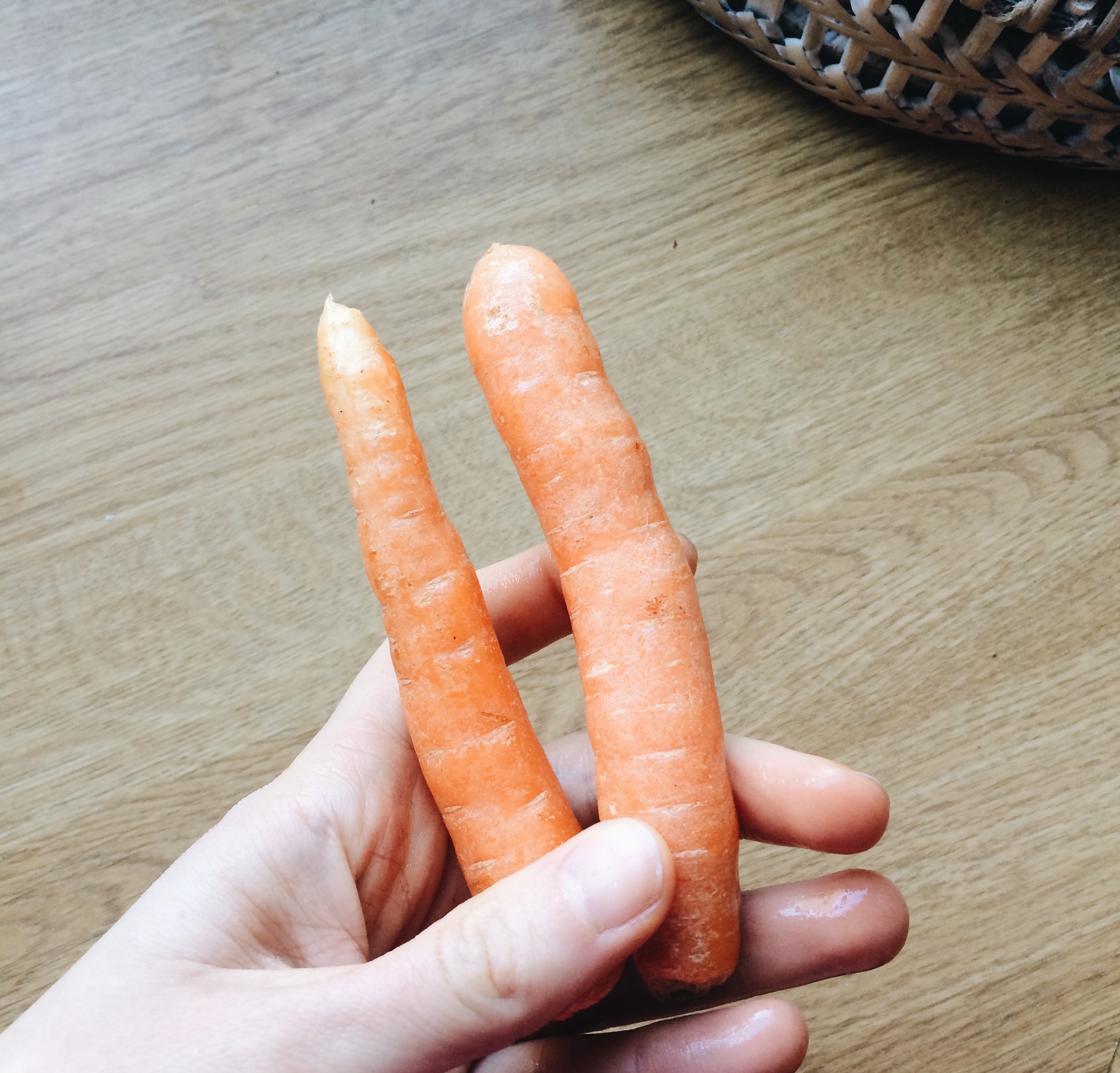
You should also aim to consume 1-2 portions of cruciferous vegetables per day (lightly cooked) such as kale, cabbage, cauliflower, broccoli,
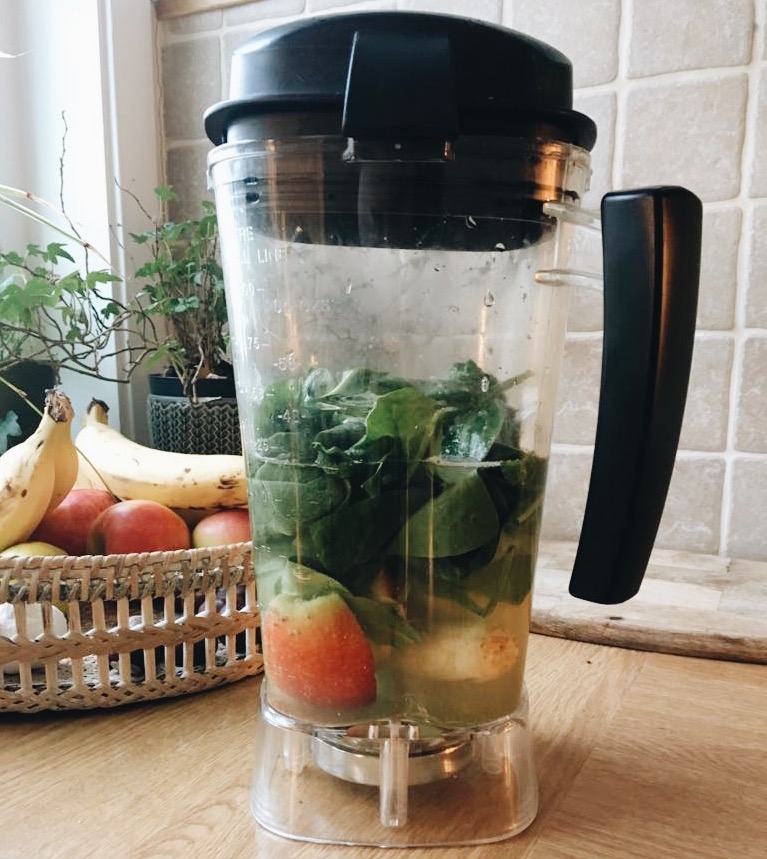
Cruciferous vegetables are particularly beneficial for our hormones because they contain
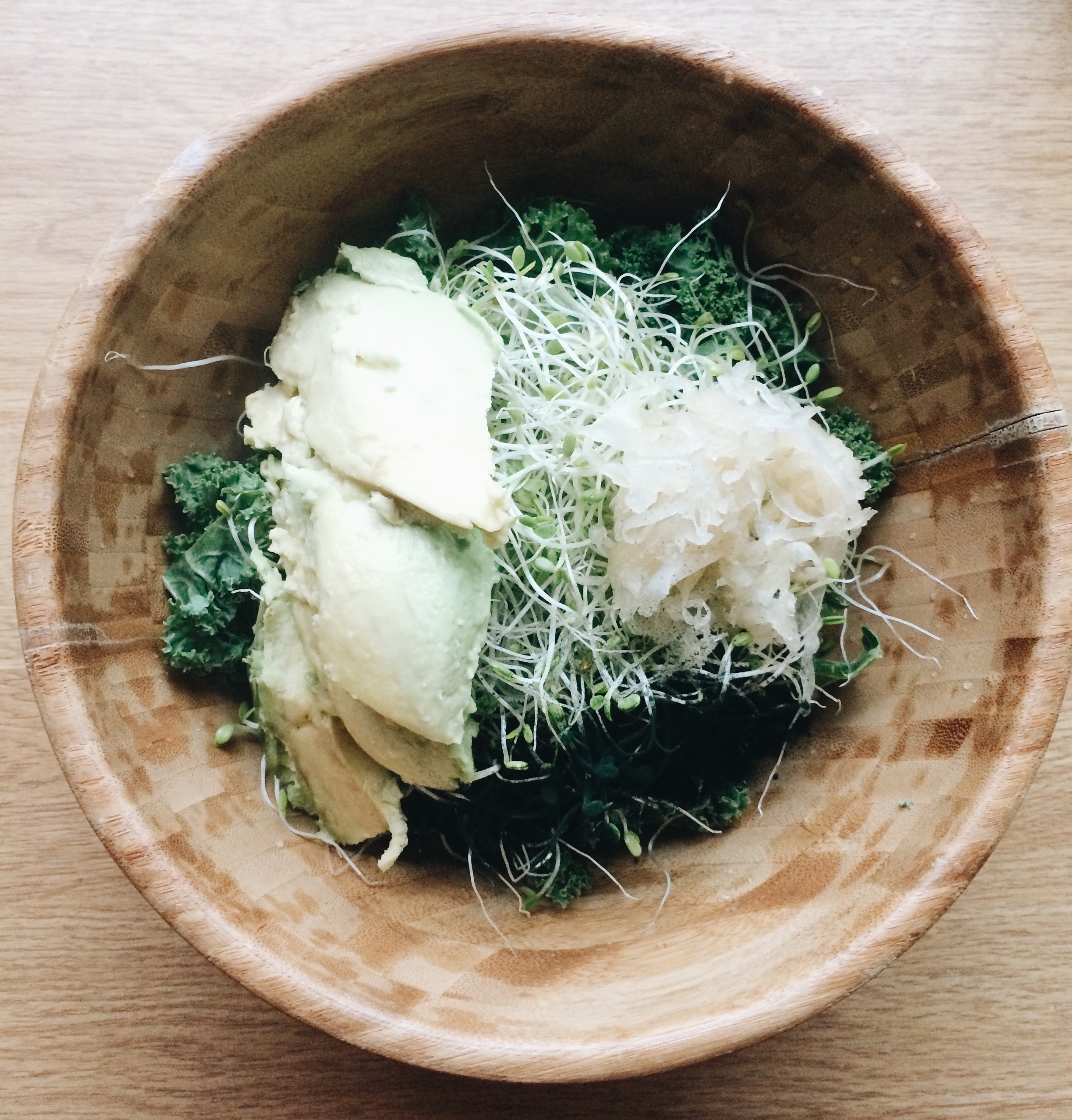
If you are dealing with digestive issues (bloating, constipation,
Poor gut health is a huge driving factor of skin conditions like acne. Consuming foods rich in fibre can help to promote the growth of beneficial bacteria, which regulate our immunity and hormone metabolism. If you cannot tolerate or digest fibre rich vegetables, you may need to investigate your gut for chronic infections or bacterial overgrowths, and address these things before adding in more fibre.
Gut health is particularly important in women with PCOS, more of which you can read about in this post.
LUTEAL PHASE (DAYS 22-28)
Hopefully, progesterone is now on the scene if you have successfully ovulated!
Even if you don’t want kids right now (or even at all) you still need to ovulate and produce progesterone because it has so many health benefits.
For one, it helps to balance out oestrogen, therefore making PMS symptoms less likely to occur. It is a natural anti-androgenic hormone, helps us sleep well and reduces anxiety. We need high quality sleep to repair and rebuild our skin cells and detoxify the body during the night.
Hormones are still elevated right now, however it is the sudden drop towards the end of this phase that triggers menstruation (aka Aunt Flo arrives).
This is also known as ‘PMS week’ for so many women, because a lot of us have to deal with a ton of symptoms.
PMS is common, but this doesn't make it normal, despite what we may have been taught!
Our skin is usually oiler and we are more susceptible to breakouts during this time.
Signs that you need to work on supporting your body during this phase include:
- Breast tenderness
- Water retention (bloating)
- Mood swings
- Anxiety
- Sugar cravings
- Headaches
- Cramping
- Insomnia
- Acne
Nutrition for luteal phase
This is the week where sugar cravings can take over for a lot of women.
Even though a big slice of chocolate cake may sound perfect, this is not the best choice as we are becoming less sensitive to insulin now that progesterone is dominating our cycle.
To ward off sugar cravings, make sure you are eating to support your blood sugar levels. This means not going more than 6 hours without eating, but also not snacking all day long. Instead, consume 3 large, balanced meals containing protein, fat, starch and/or fibre.
If you continue to crave sweets and chocolate, go for complex, starchy carbohydrates like stewed apples with cinnamon or roasted sweet potatoes, and a few squares of high-quality dark chocolate (80%) dipped in nut butter.
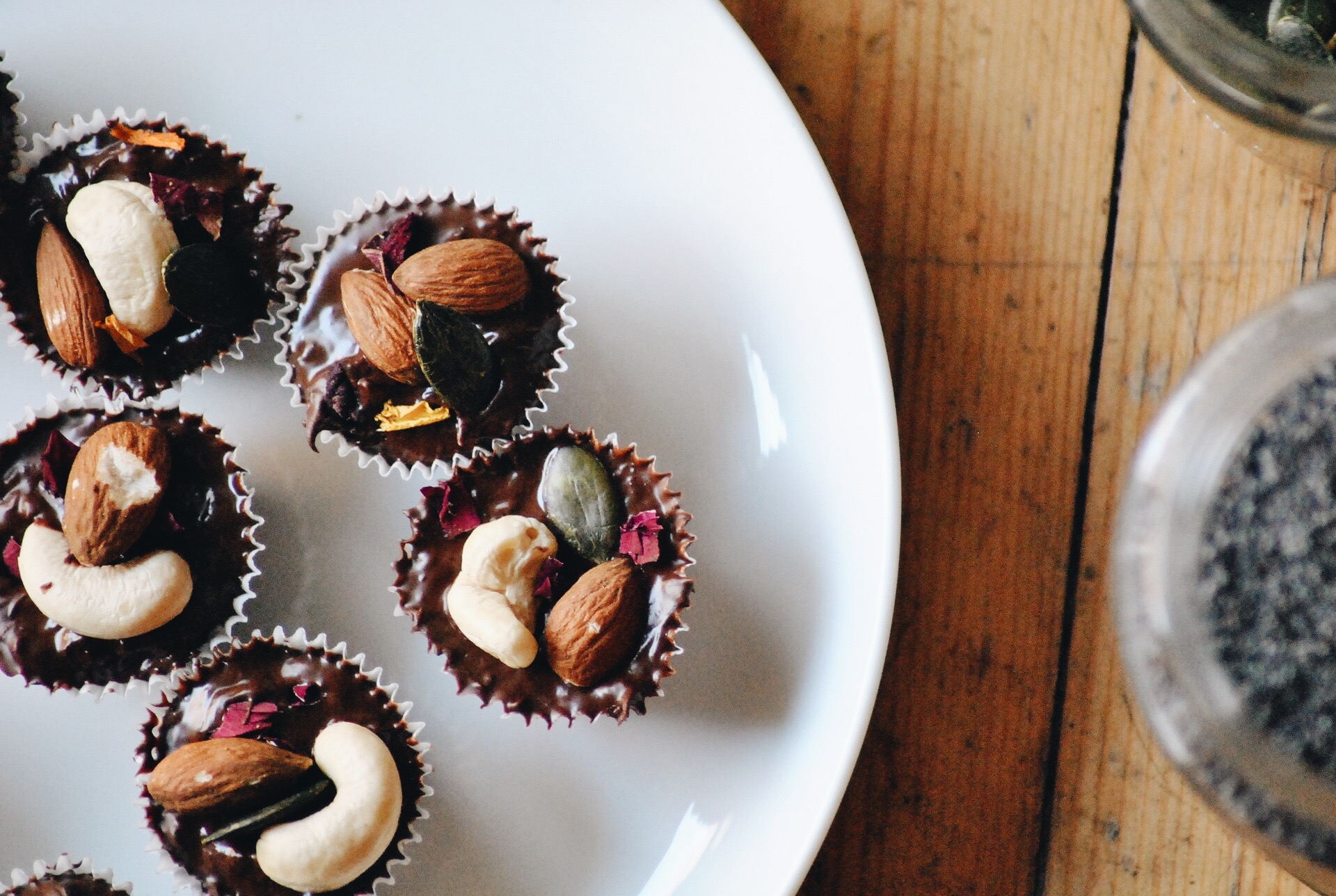
Refined sugars and carbohydrates that are lacking in fibre and the nutrients needed to process them efficiently, are one of the worst foods groups for people, especially women with skin issues and hormone imbalances.
Stick with whole food sources of carbohydrates, such as:
- Fruit
- Sweet potatoes
- Butternut squash
- Plantains
- Quinoa
- Buckwheat
- Oats
However, keep in mind that your ideal intake of these depends on your personal tolerance and activity levels.
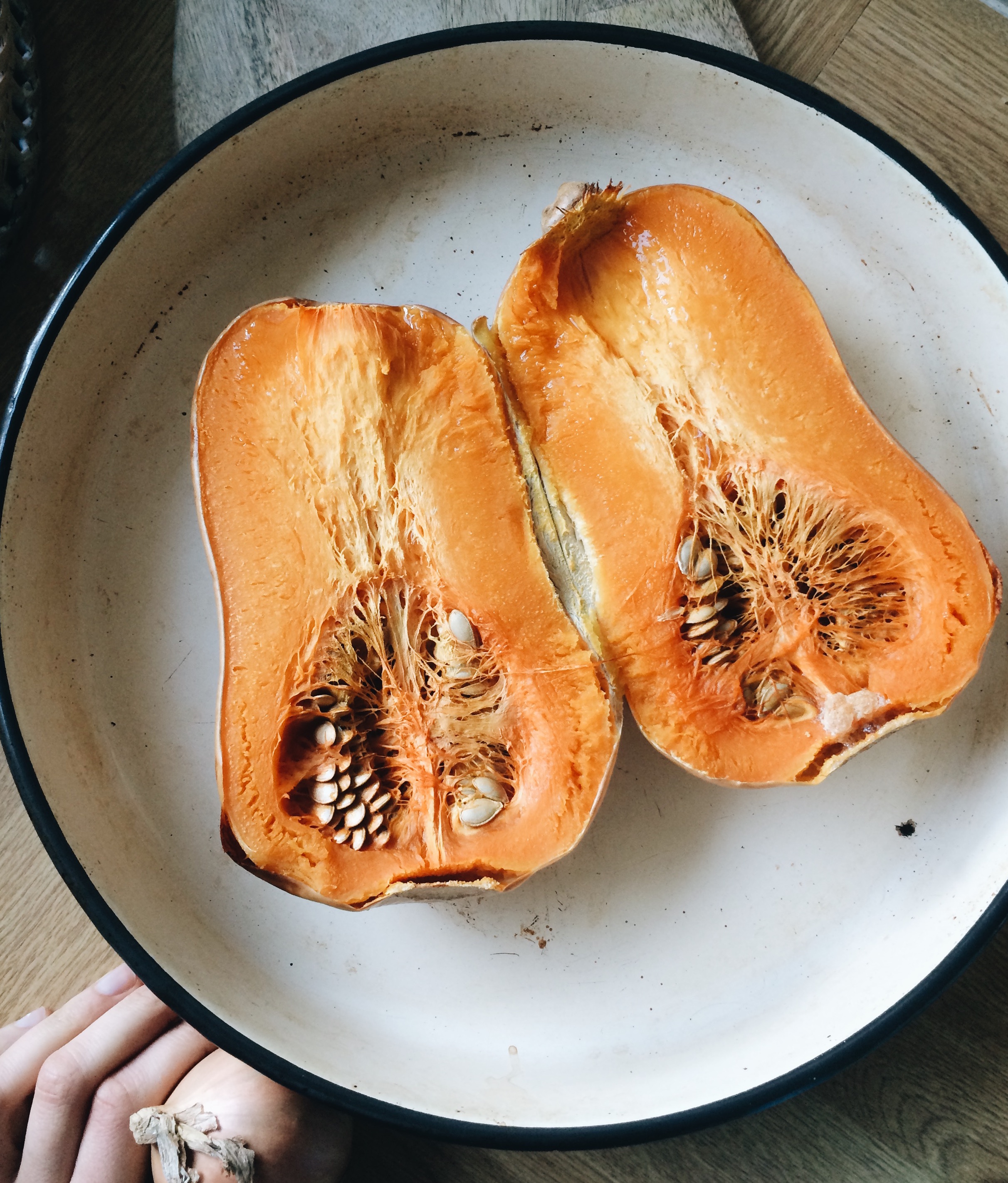
If you have PCOS or indicators of blood sugar imbalances, I recommend tracking your blood glucose levels to measure your fasting glucose and your levels 1 and 2 hours after eating. This helps you to identify which carbohydrate sources work best for you and in what amounts.
I hope that I inspired you to live your life in favor of your beautiful, feminine cycle. This practice truly changed my skin quality and hormones for the better, and it has helped so many of my clients too.
Obviously, we cannot stick to these recommendations perfectly all of the time, but once you know the ways to support your hormones in this way, it often becomes second nature.
Our dietary and lifestyle needs can also change throughout the seasons and the different phases of our life, therefore a lot of people choose to follow these recommendations loosely.
I also created a
Hope you find it helpful!
Vivien & Sara
Are you in your 20s or 30s, and tired of still struggling with acne and breakouts? There is so much misinformation about the right skincare for getting clear skin, and caring for sensitive acne-prone skin. This is why I made a FREE online course where you will find little-known skin-healing secrets you won't usually hear from the skincare industry or dermatologists. And yet, they WORK.
Sign up (and get instant access!) here:


Vivien, thank you for writing such an in-depth article about hormonal health. It’s encouraging to know that correcting hormonal imbalances is as simple as changing the food we eat and when we eat according to our cycles. I love turmeric for promoting ovarian health. I also love supporting my adrenals with black beans, kidney beans, pinto beans, mushrooms, root veggies, kale, blackberries, walnuts, and eggs.
Loved this!
Do you still have the cycle sync guide available? Sounds very helpful!!